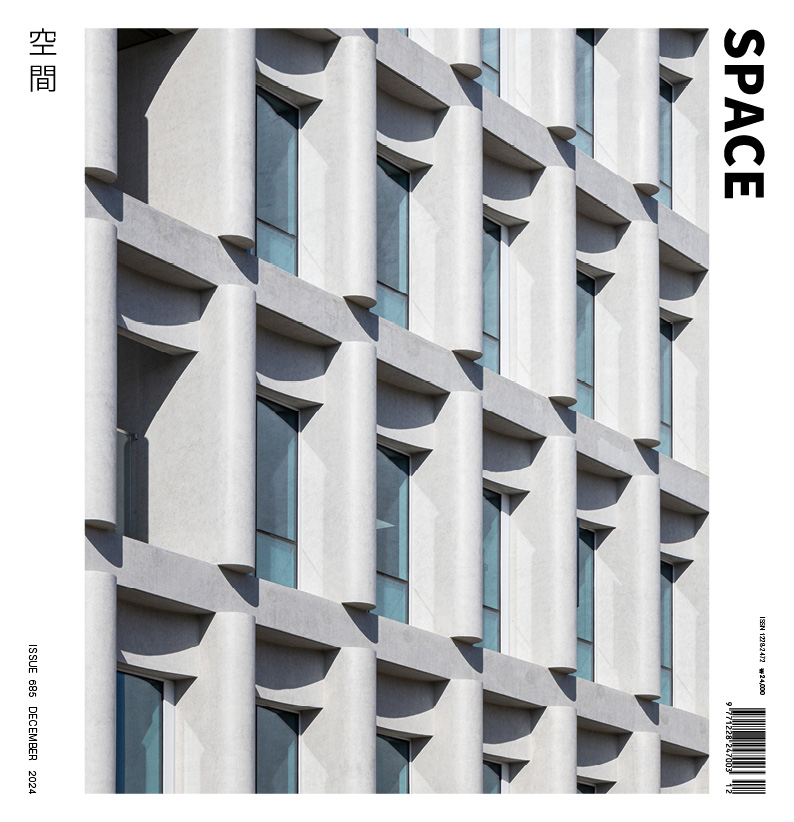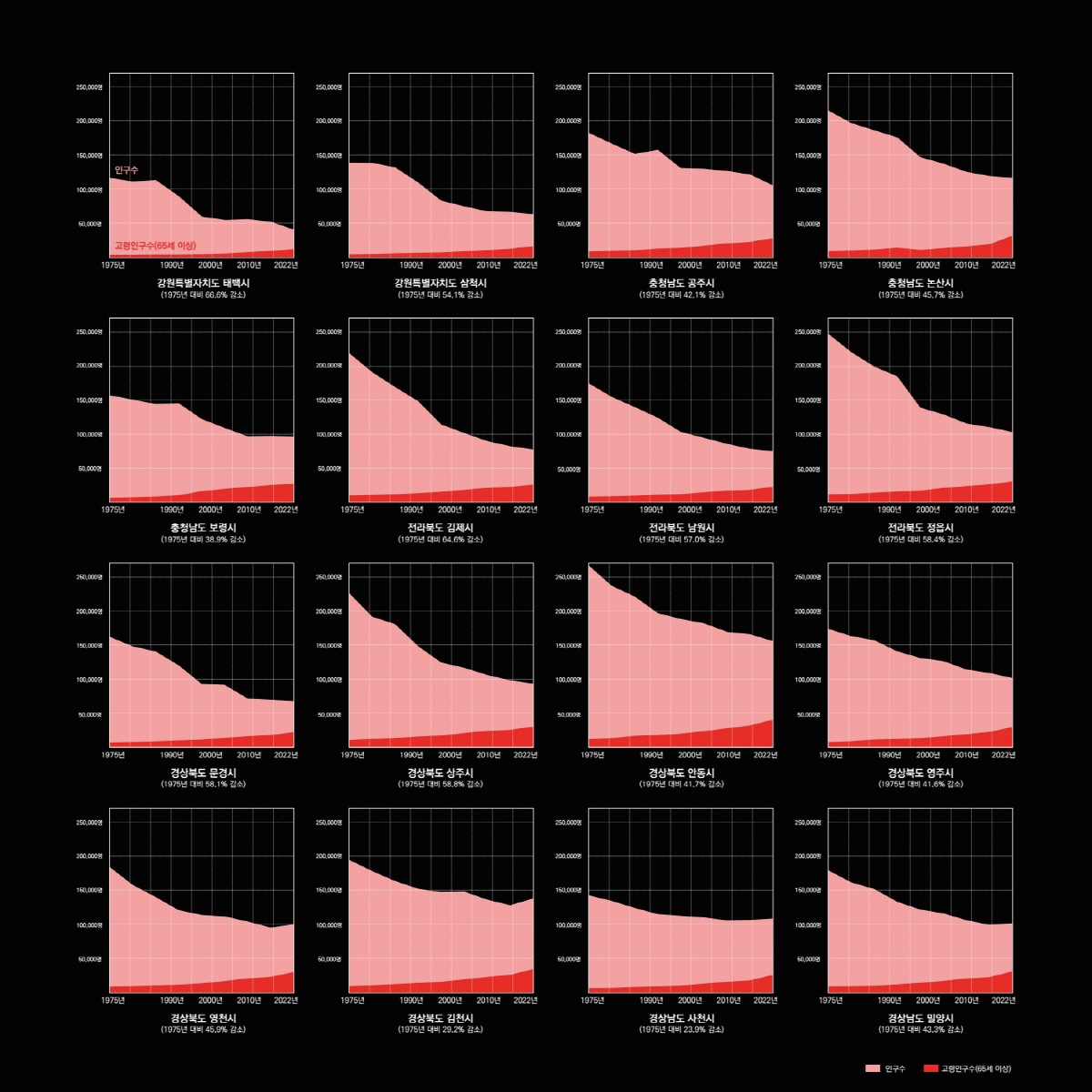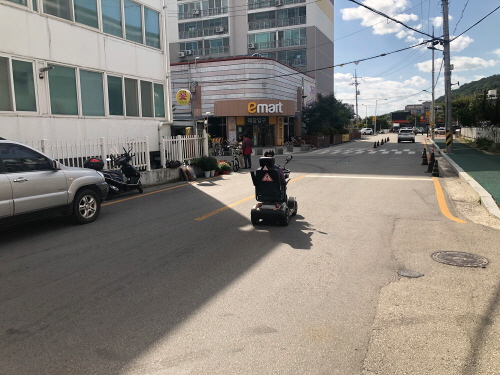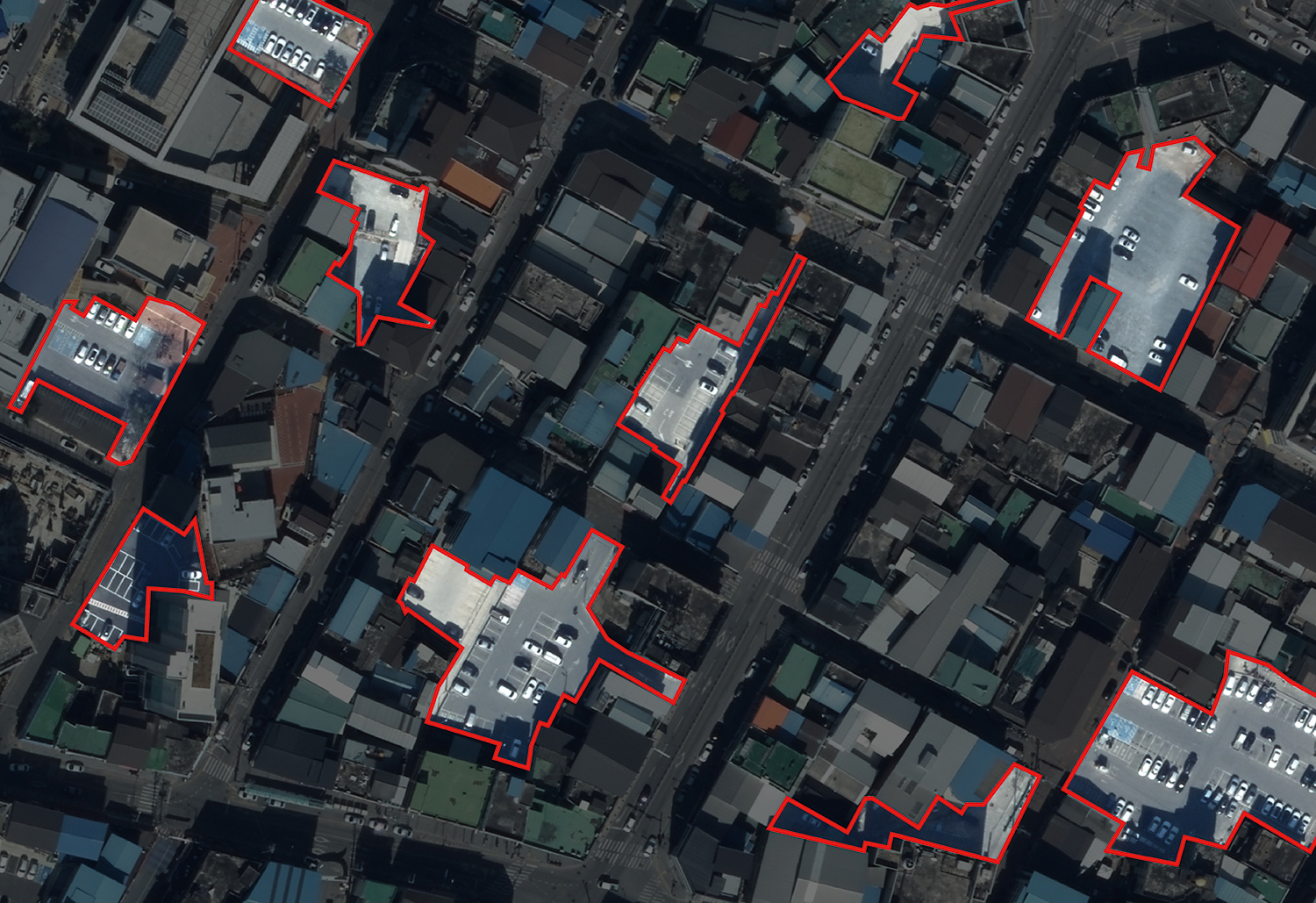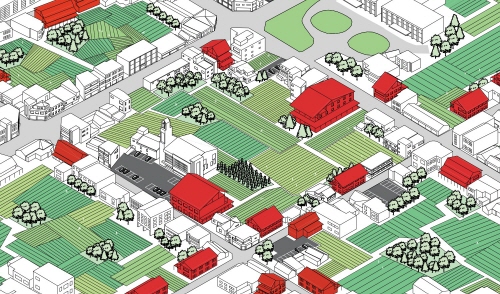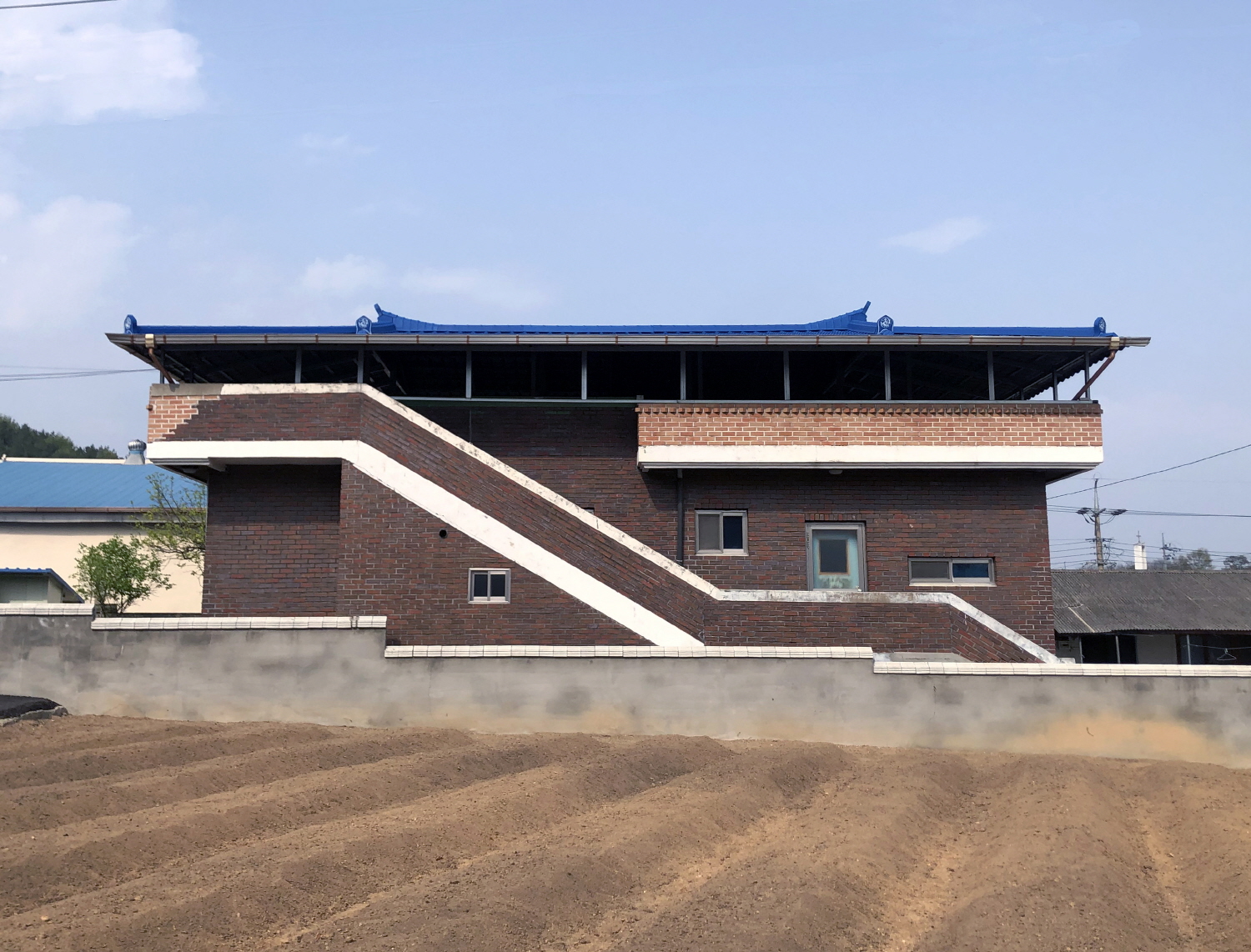SPACE December 2024 (No. 685)
Rapid population decline is shaking the fabric of small and medium-sized cities to the core. To rebuild these cities, we need to move away from the inertia of regeneration and take a perspective that acknowledging change. This is where the Mid-Size City Forum comes in. They look at phenomena outside the metropolitan area and seek urban and architectural alternatives to the crisis.
[Series] The Possibilities Inherent in Extinction, Mid-Size City Forum
01 What is Happening Outside the Metropolitan Area
02 Thinning Phenomenon
03 Urban Perforation
04 Erasing Plan
05 Ad-hoc Architecture 1
06 Ad-hoc Architecture 2
07 Global Mid-Size City
08 Resilient Mid-Size City
09 Fantastic Mid-Size City
10 Outside of the Mid-Size City
The Mid-Size City Forum embraces ‘ad-hoc architecture’ as a driving force capable of introducing real change to declining small and medium sized (hereinafter mid-size) cities. Unlike conventional architecture, ad-hoc architecture is characterised by a unique approach and entirely different lexicon. It is precisely because of its thin and light nature that ad-hoc architecture becomes an optimal tool for addressing the perforation of mid-size cities, which seek to foster ‘productive decay’. In this issue, we present practical solutions by integrating ad-hoc architecture with the spaces, features and theories of mid-size cities. It is now time for us to imagine what the ideal landscape of a mid-size city, as envisioned by these thinkers, might be.
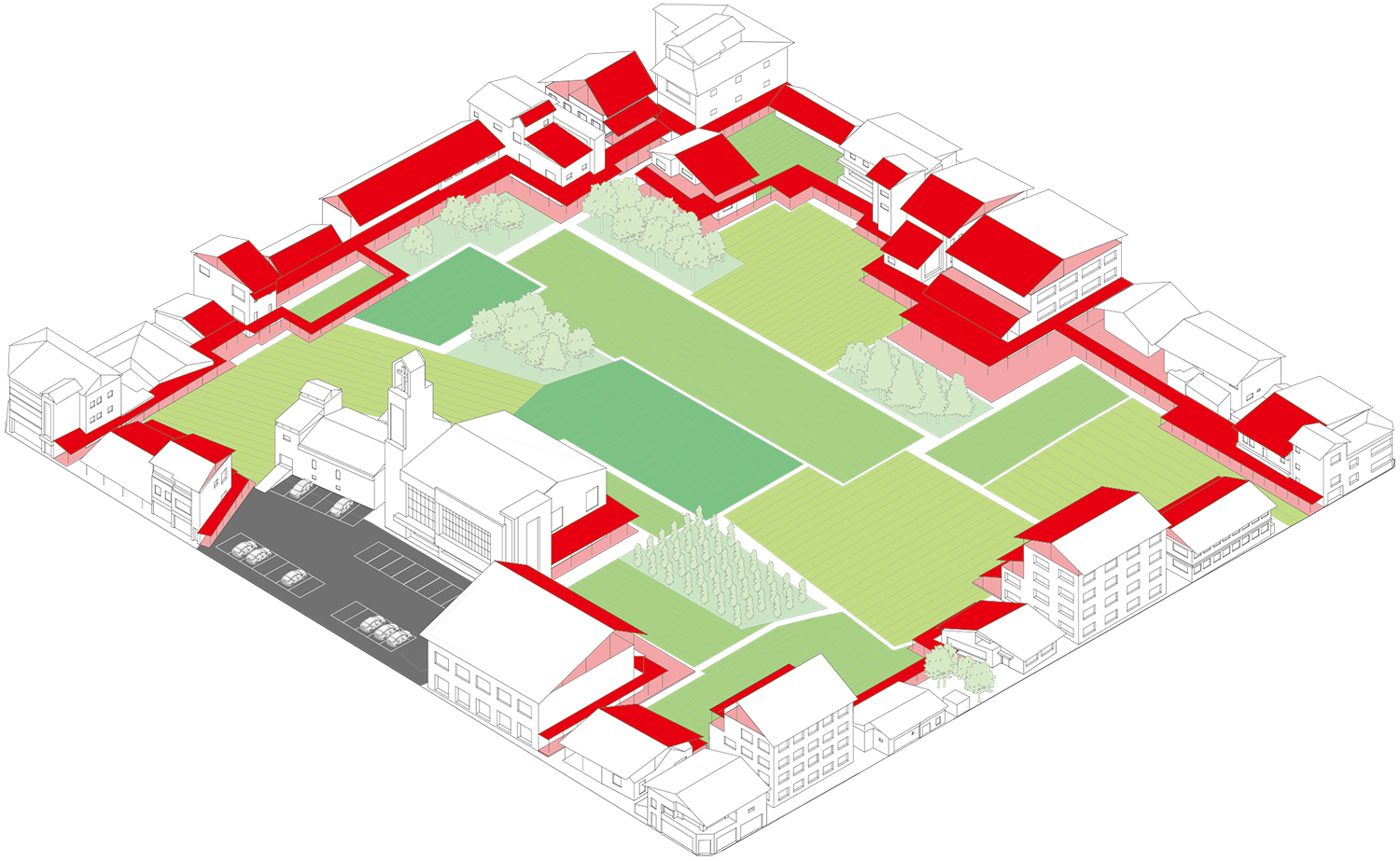
Ad-hoc architecture and new layers in mid-size city
The Simultaneity of Disappearance and Accumulation
In declining mid-size cities, two opposing phenomena are observed simultaneously. On the one hand, things are continually disappearing, while on the other, things are constantly accumulating. The pressure of decay leads to the demolition of vacant houses, creating voids in urban spaces, which causes the ‘perforation phenomenon’ (covered in SPACE No. 680). Meanwhile, buildings that do not disappear continue to age, extending their lifespans by adding new layers or structures. The simultaneous occurrence of ‘disappearance’ on one side and ‘accumulation’ on the other is a common characteristic of declining mid-size cities in Korea. It is an unavoidable future, provided that the population does not begin to grow again. Therefore, we must establish a new conceptual framework to address this. How we interpret and respond to the coming perforation and accumulation will play a pivotal role in defining the overall character of mid-size cities.
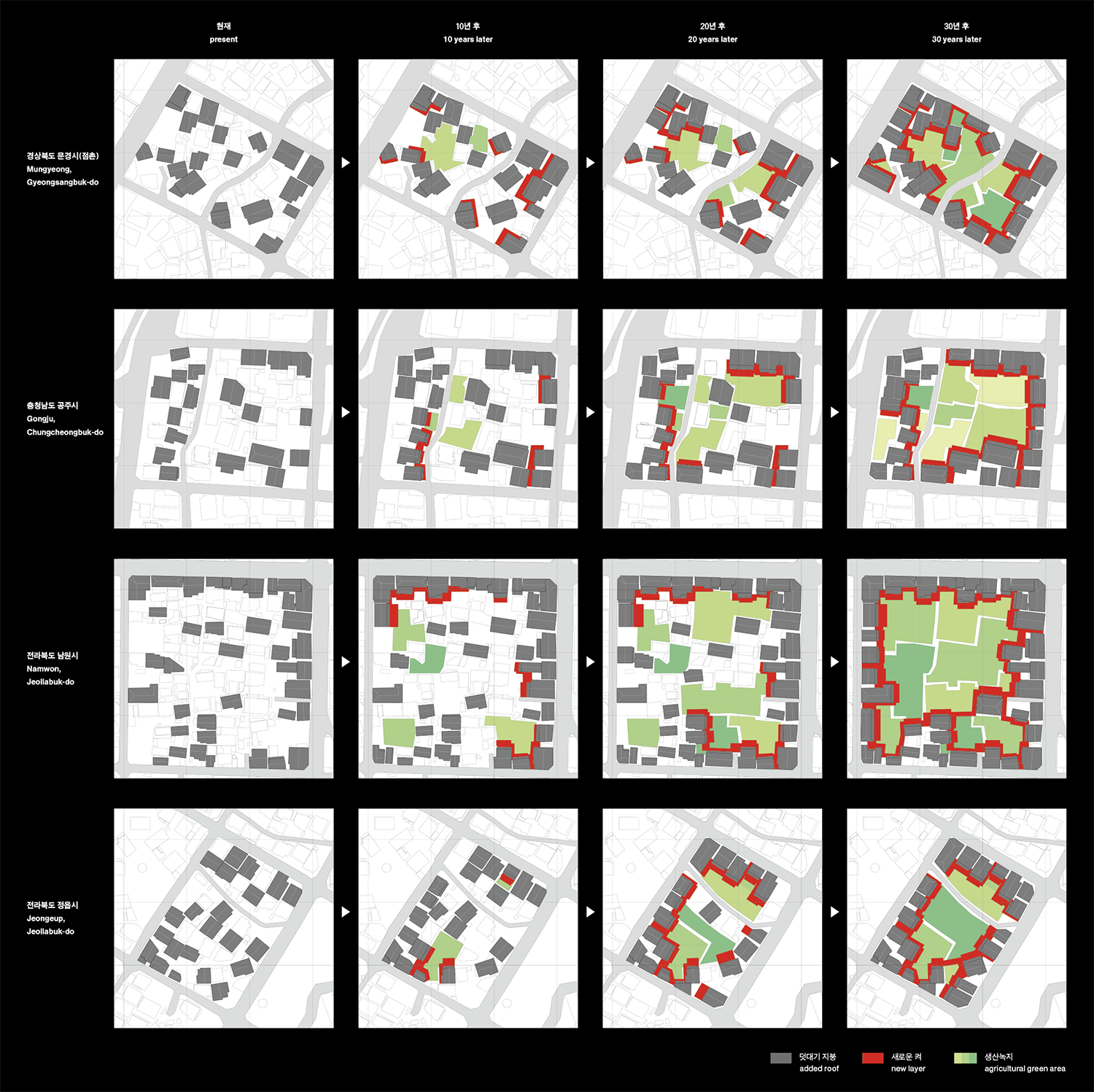
Scenarios of the creation of new layers in the thick blocks of mid-size cities. Initially, these newly added layers begin as minor elements in individual buildings, but, over time, they collect into a cohesive line.
The Demand for Disappearance
So far, much of the vacant land created by the perforation phenomenon has been repurposed as parking spaces, with only a small portion being used for small-scale farming. If we could redirect this parking demand to other locations and concentrate it more efficiently, could we not redefine the city through the newly created voids? One thing is sure: because these voids arose from the absence of demand for development, it is unlikely that they will be filled again with physical structures like buildings. Therefore, we must find ways to make productive use of these spaces without physically filling them. In other words, by leaving the centre open and placing service spaces that support new demands around its periphery, we could achieve ‘productive decay’.
Assuming the voids will not be physically filled, we can propose the following scenarios for use. First, the small-scale farming that has been carried out in only a few places should be expanded across the entire void, increasing the proportion of urban agriculture. An increase in the agricultural share of the city would mean an expansion of its productive functions, marking a shift from a city focused solely on consumption to one where production and consumption coexist. The rise in urban agriculture would provide alternative economic opportunities for the ageing community and revitalise the local community. Older people could engage in labour suited to their physical conditions, produce goods, and lead a self-sufficient life by consuming their produce. Additionally, agriculture requires communal labour during sowing and harvest seasons, which could 128 foster interaction and strengthen bonds between isolated elderly individuals. However, simply turning vacant land into farmland is insufficient as a prompt make these activities happen. To encourage efforts in this line, auxiliary spaces are needed for the new uses to function.
The second scenario is to return the voids to their natural state through an active planting programme that fosters a natural environment. However, it is a misconception to suggest that nature will simply grow and develop on its own following basic planting. Creating a beautiful forest requires time, effort, and a certain level of investment and management. To transform the environment, it is necessary to rethink and use what has traditionally been taboo or overlooked. For example, a typical NIMBY facility, like a prison, is no longer viewed as a stigma in mid- size cities. It is now seen as a potential economic asset, attracting settlement through prison staff and their families and generating local consumption through visitors to the inmates. The competition between local governments, such as those in Cheongsong-gun in Gyeongsangbuk- do, Gangwon-do, and Jeollanam-do, to secure the construction of new prisons in 2024 reflects this shift in perspective. In an interview with a daily newspaper, Huh Changdeog, professor at Yeungnam University explained, ‘Due to the crisis of local extinction, there is now a competition to attract social public facilities that were once seen as undesirable. The NIMBY phenomenon of the 1990s has now been replaced by a new social phenomenon: local extinction.’▼1 (...)
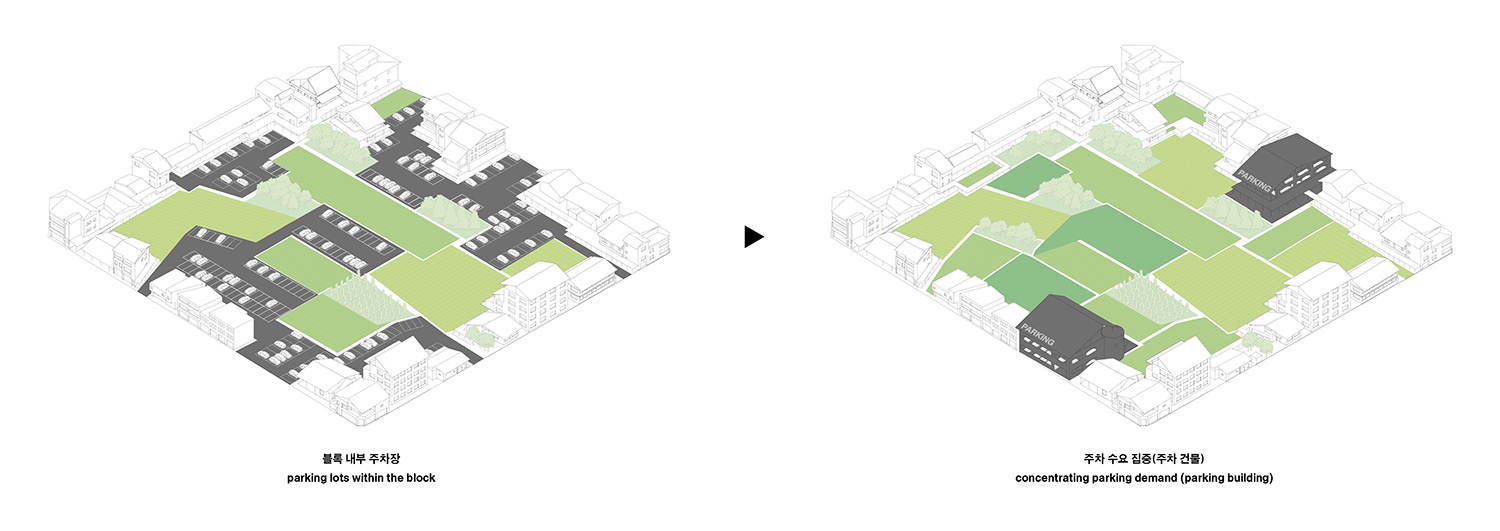
If we could redirect parking demand to other locations and concentrate it more efficiently, we can redefine the city through the newly created voids.
